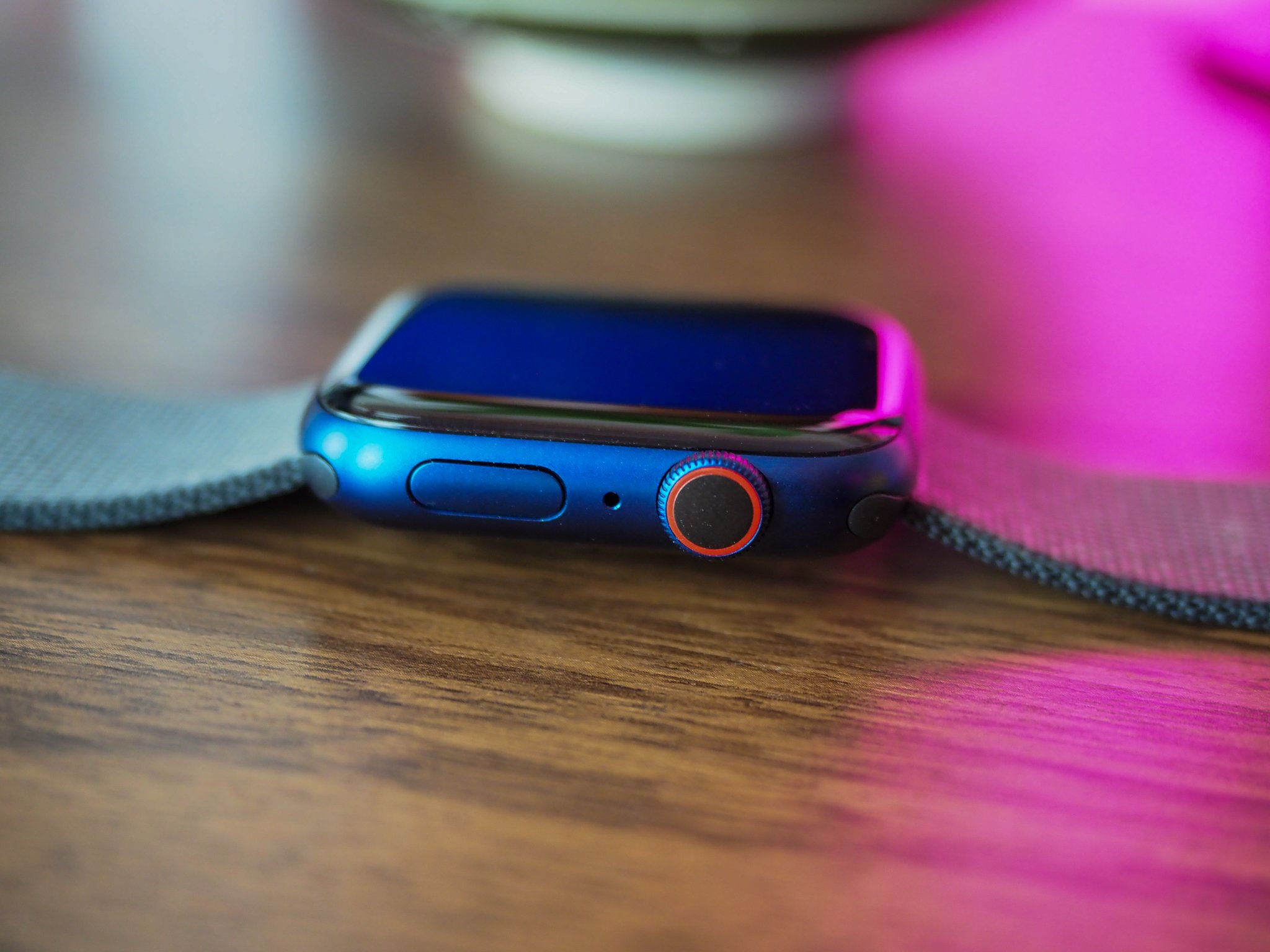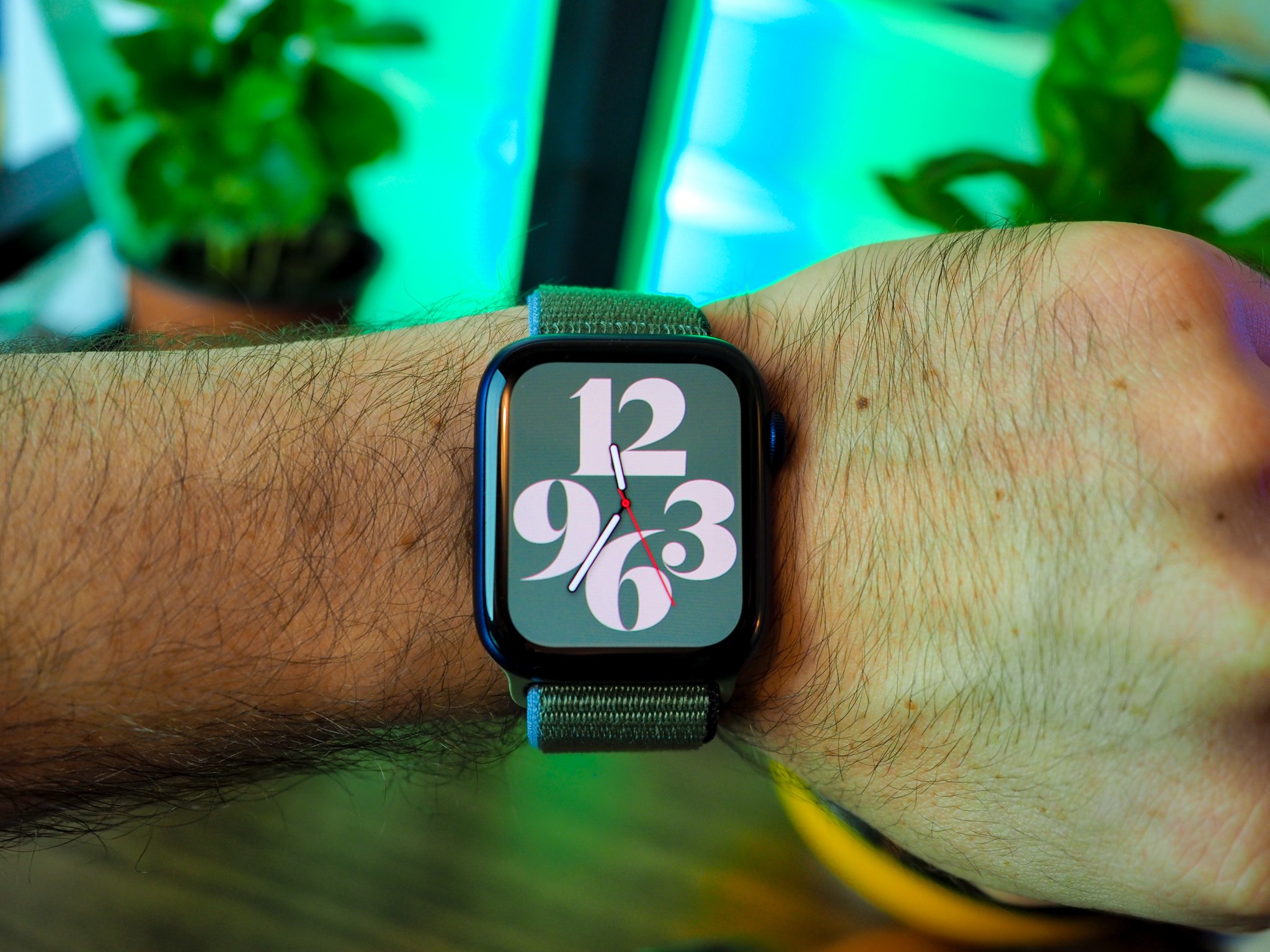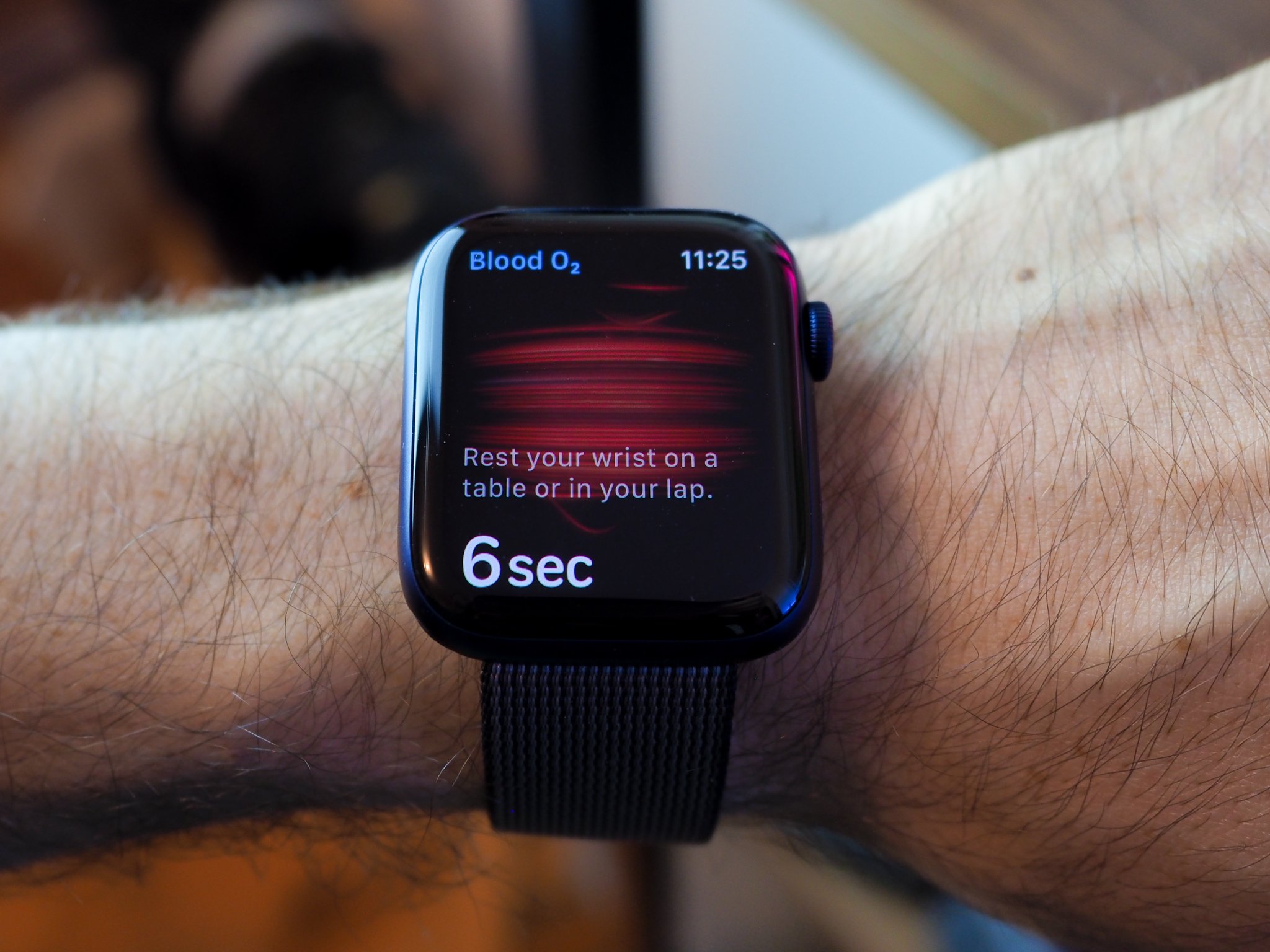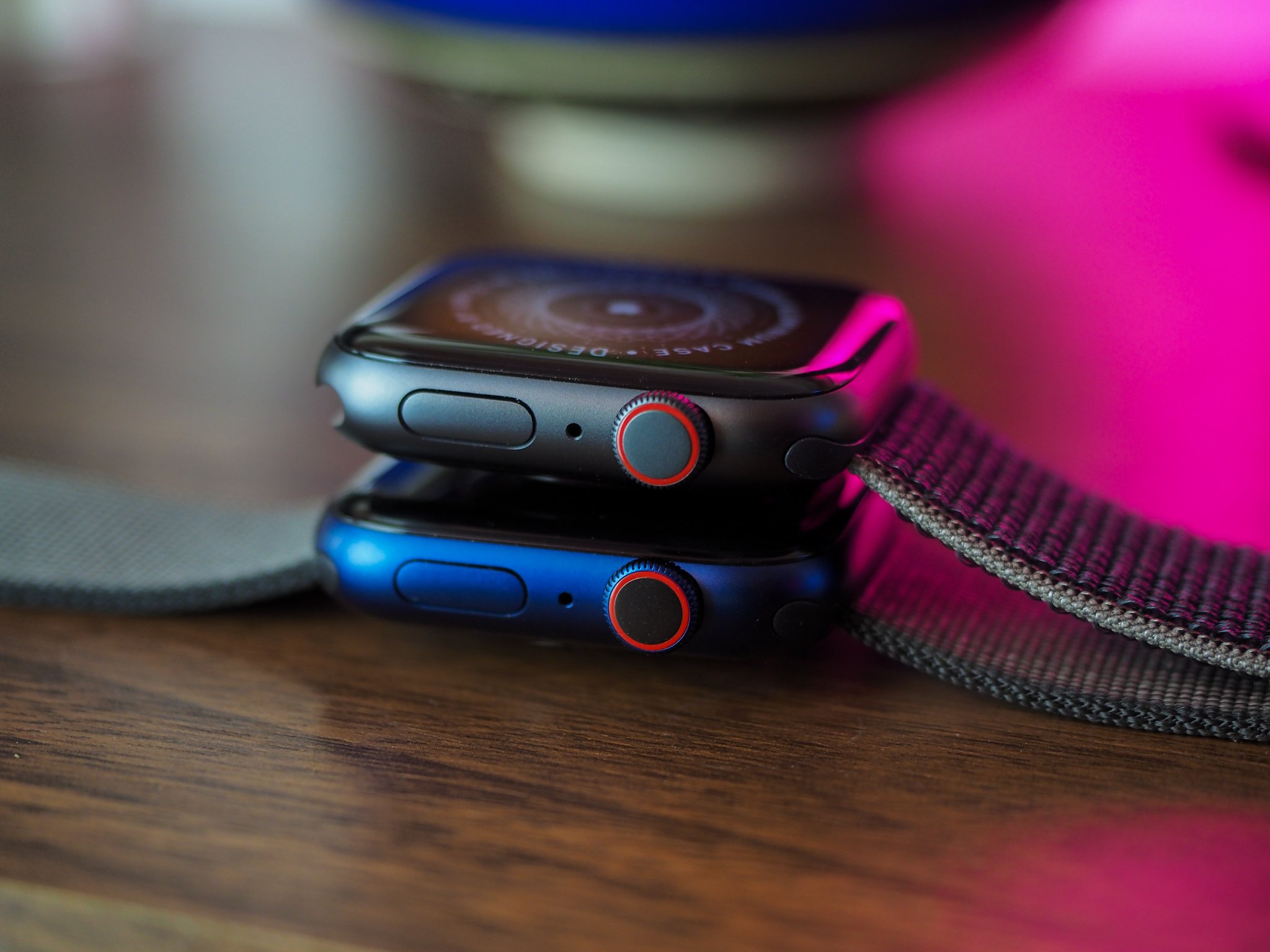Apple Watch Series 6 & Apple Watch SE hands-on: Kind of blue

The Apple Watch Series 6 is the best smartwatch you can buy. It's becoming redundant saying this year after year, changing just one digit as the internet collectively agrees with itself in reviews and hot takes and comparisons, but it's still true in 2020 and likely will be in 2021. I've used Galaxy Watches and Fitbits and Garmins and Fossils, and I can safely say that none of them come close to the holistic excellence of the Apple Watch.
But this year, like the classic Miles Davis album referenced in the title, Apple is operating at the height of its power, shoring up the Apple Watch's fundamentals with a few essential features, and more than a couple of nice perks, that make spending $399 a fair price for what increasingly amounts to a powerful computer on your wrist. For many wearers concerned about Covid-19, the new blood oxygen sensor alone is worth the price of admission.
And then there's the Apple Watch SE. Instead of merely lowering the cost of the Apple Watch Series 5, Apple decided to take the iPhone approach and expand the Apple Watch lineup entirely. The Apple Watch SE launches as what amounts to a grab-bag of features from the last few years: the Series 4 and 5's larger display, but lacking the latter's always-on capabilities. There's no ECG or blood oxygen sensor, but it does have the Series 6's always-on altimeter and support for heart rate and irregular heartbeat alerts. At $279, the Apple Watch SE is undoubtedly one of the best smartwatch deals around, especially for people who just want something that tracks their workouts and pings them with notifications.
Both of them, however, prove that even if the year-over-year improvements are subtle, Apple knows how to entice iPhone users with empty wrists, with Fitbit wrists, or with older Watch wrists alike.
Apple Watch Series 6 It's a bloody nice watch

I've been out of the game for a few years; the last Apple Watch I wore regularly was the Series 3, which at the time felt like a tremendous upgrade over the Series 2, adding cellular connectivity, much improved performance with the S3 SiP, and a barometric altimeter, among other niceties.
It took me all of two seconds to fall in love with the Series 6's larger and brighter OLED display.
Moving from the Series 3 to the Series 6 was bracing, not just because of the larger, brighter OLED display (Apple sent me the 44mm cellular model in its new striking blue colorway) but because the always-on display has proven to be a quality-of-life addition that I sorely missed coming from other smartwatches. The fact that this one goes up to 500 nits, 2.5 times the level of the Series 5, is all the better.
I set up the Series 6, chose my new favorite watch face (Typograph in Mango if you must know), and did the thing I think everyone will do as soon as possible: checked my blood oxygen level. Apple says that the SpO2 sensor is not a diagnostic tool, just like the ECG added a couple of years ago, but it's very obvious that it's tailor-made for this particularly strange and anxious moment we find ourselves living in.
iMore offers spot-on advice and guidance from our team of experts, with decades of Apple device experience to lean on. Learn more with iMore!

A suppressed blood oxygen level can be a sign the body is fighting infection, or that blood isn't pumping through the body at the rate it should be. A reading of between 95% and 99% is considered normal, and a 15-second reading is enough to give you a base reading you can use to begin tracking this vital statistic. Alongside the other heart-focused sensors, the Apple Watch is quickly becoming a passive minder of one's cardiovascular health (though, again, it should not be a replacement for regular doctor visits).
The blue aluminum finish is simultaneously subtle and striking.
The blue aluminum review unit Apple sent me is, in contrast to the also-new PRODUCT(RED) model, beautifully subtle. The navy hue is difficult to differentiate from Apple's other brushed matte finishes in dim indoor light, but take it outside, or hold it to a window, and you'll see it kicking back at you with its cerulean charm. If you splurged for the LTE model, you'll also notice how nicely it contrasts with the Digital Crown's red ring.

Source: Daniel Bader / Android Central
The Series 6 also has a bunch of features I haven't been able to test in earnest yet: a faster S6 SiP that promises a 20% jump in performance and improved efficiency; a new 5Ghz Wi-Fi chip that should provide more consistent at-home performance; and a U1 ultra wideband chip that, borrowed from the iPhone 11 Pro, will eventually be used for device-to-device communication and precise location awareness. There's also an always-on altimeter, which given the relatively flat gradation of Toronto, likely won't come in handy until I take a hiking trip later this fall, but any upgrade to outdoor measurements is fine with me.
I'm also encouraged by Apple's commitment to faster charging; the Series 6 uses the same USB-A to magnetic puck charger that's been in every Apple Watch since 2015, but this year's model charges more than 30% faster, reducing overall top-up time from 150 minutes to 90 minutes. Given that watchOS 7 offers sleep tracking for the first time, being able to pop the timepiece on a charger for a few minutes while you're getting ready in the morning feels like it's going to be more impactful than people realize.
Apple Watch SE The middle child with the most potential
The question many potential Apple Watch buyers will be asking this year is whether the SE is worth is over the Series 3. Should you spend the extra $80 for the improved performance, bigger and brighter display, and the new sensors, or is that $199 price point just too enticing to pass up?
Given that the Series 3 is already three years old and will only likely receive a couple more years of watchOS updates, I'd recommend splurging on the SE. Based on my initial gleeful reaction tapping and swiping on the larger 44mm screen, the usability improvements alone are worth the price of admission.
Source: Daniel Bader / Android Central
Plus, there are the other quality-of-life upgrades, like a louder speaker, support for Family Setup, improved safety features like fall detection, and the same always-on altimeter from the Series 6, I think the value speaks for itself.
But it is a bit disappointing that Apple omitted the always-on display; it was the one major upgrade in the Series 5 over its predecessor, and it feels a little stingy to keep it out of the hands of the millions of the people who don't have a minimum of $400 to spend on a wrist computer. Everything else about the Apple Watch SE feels like a fair trade-off, but this one hurts.
WatchOS 7 & Fitness Plus Tick tock

Apple Watch is only as good as the software that runs on it, and watchOS 7 is yet another relatively minor upgrade over last year. Like iOS 14, Apple's making some serious improvements to Maps, adding cycling directions that are sure to impress a few road warriors, while I'm most excited about the new watch faces and complications, along with the ability to share my favorite combinations with friends. Seriously, Typograph is stunning.
WatchOS 7 isn't a major update, but it's exciting for the watch face sharing feature alone.
There's also Fitness Plus, which is coming straight for Peloton's jugular with high-quality filmed classes in myriad categories, including indoor cycling, yoga, strength training, HIIT, rowing, dance, treadmill, and more. I haven't been able to try Fitness+ just yet, but I'm excited for the prospect of having these curated experiences — especially when I get them as part of the Apple One Premier plan I've already resigned myself to subscribe to for its superb services value.
Apple Watch Series 6 & Apple Watch SE Should you upgrade?

I'm nowhere near able to review the Apple Watch Series 6 or SE, but I don't think it's a stretch to assume that the 2020 models are the best combination of features, aesthetics, and price the company's offered in the product's five-year history. Apple understands what its Watch users want, and has fully embraced the health focus that was largely missing from the timepiece when it debuted in 2015.
The addition of a blood oxygen sensor is just the latest example of the company skating to where the puck is going, and additional color and material options like red and blue aluminum, or graphite and gold stainless steel, prove that design is still a core focus.
Apple's operating with such confidence in the wearable space right now, it's almost not a question of whether you'll buy an Apple Watch this year, but which one you'll buy. While the Series 6 is clearly the star, my money's on the Apple Watch SE, which brings so much value for its $279 price tag.
Daniel Bader is a Senior Editor at iMore, offering his Canadian analysis on Apple and its awesome products. In addition to writing and producing, Daniel regularly appears on Canadian networks CBC and CTV as a technology analyst.








